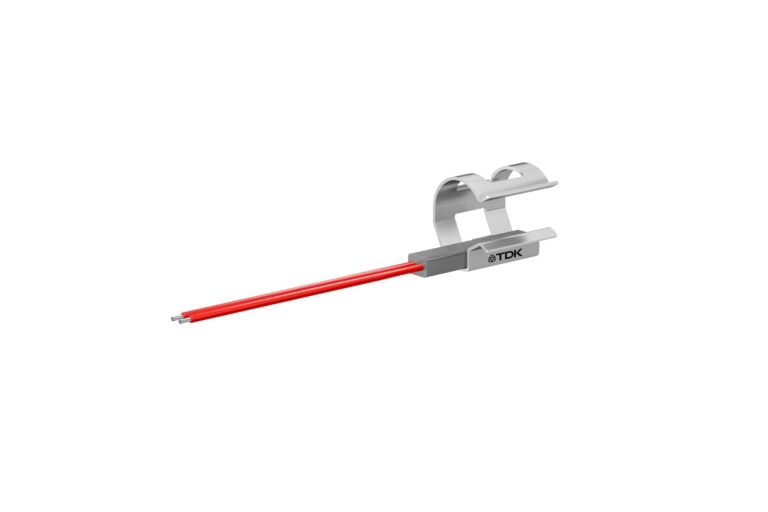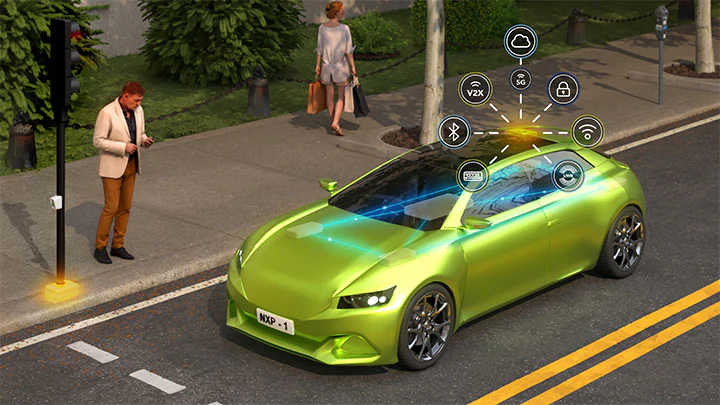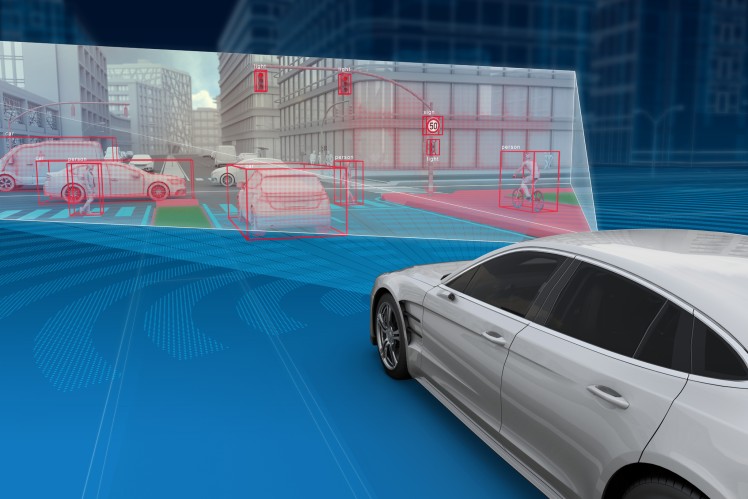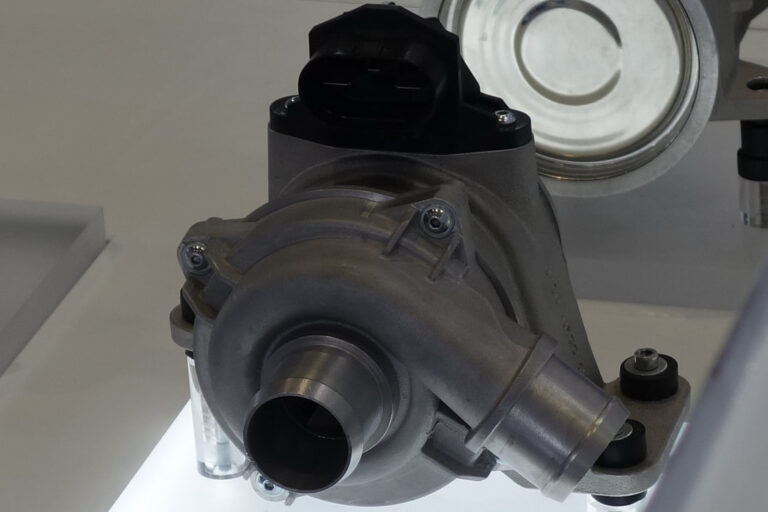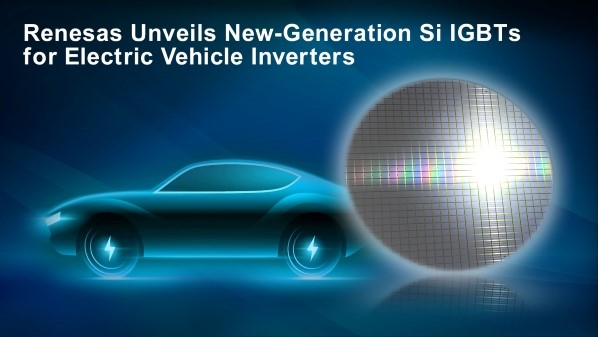
Renesas Electronics Corporation announced the development of a new generation of Si-IGBTs (Silicon Insulated Gate Bipolar Transistors) which will be offered in a small footprint while providing low power losses.
The silicon based AE5 process for IGBTs achieve a 10% reduction in power losses compared to the current-generation AE4 products, a power savings that will help EV developers save battery power and increase driving range. In addition, the new products are approximately 10% smaller while maintaining high robustness. Moreover, the new IGBTs significantly improve performance and safety as modules by minimizing parameter variations among the IGBTs and providing stability when operating IGBTs in parallel. These features provide engineers greater flexibility to design smaller inverters that achieve high performance.
Key Features of the New-Generation IGBT (AE5)
- Four products targeting 400-800V inverters: 750V withstand voltage (220A and 300A) and 1200V withstand voltage (150A and 200A)
- Steady performance throughout the operating junction temperature (Tj) range from -40°C to 175°C
- Industry’s highest performance level with an on-voltage Vce (saturation voltage) of 1.3V, a key value for minimizing power loss
- 10% higher current density compared to conventional products and small chip size (100mm2/300A) optimized for low power losses and high input resistance
- Stable parallel operation by reducing parameter variations to VGE(off) to ±0.5V
- Maintains reverse bias safe operating area (RBSOA) with a maximum Ic current pulse of 600A at 175°C junction temperatures, and a highly robust short circuit withstand time of 4µs at 400V.
- 50% reduction in the temperature dependence of gate resistance (Rg). This minimizes switching losses at high temperatures, spike voltage at low temperatures and short circuit withstand time, supporting high performance designs.
- Available as a bare die (wafer)
- Enables a reduction in inverter power losses, improving power efficiency by up to 6% compared to the current AE4 process at the same current density, allowing EVs to drive longer distances and use fewer batteries.

